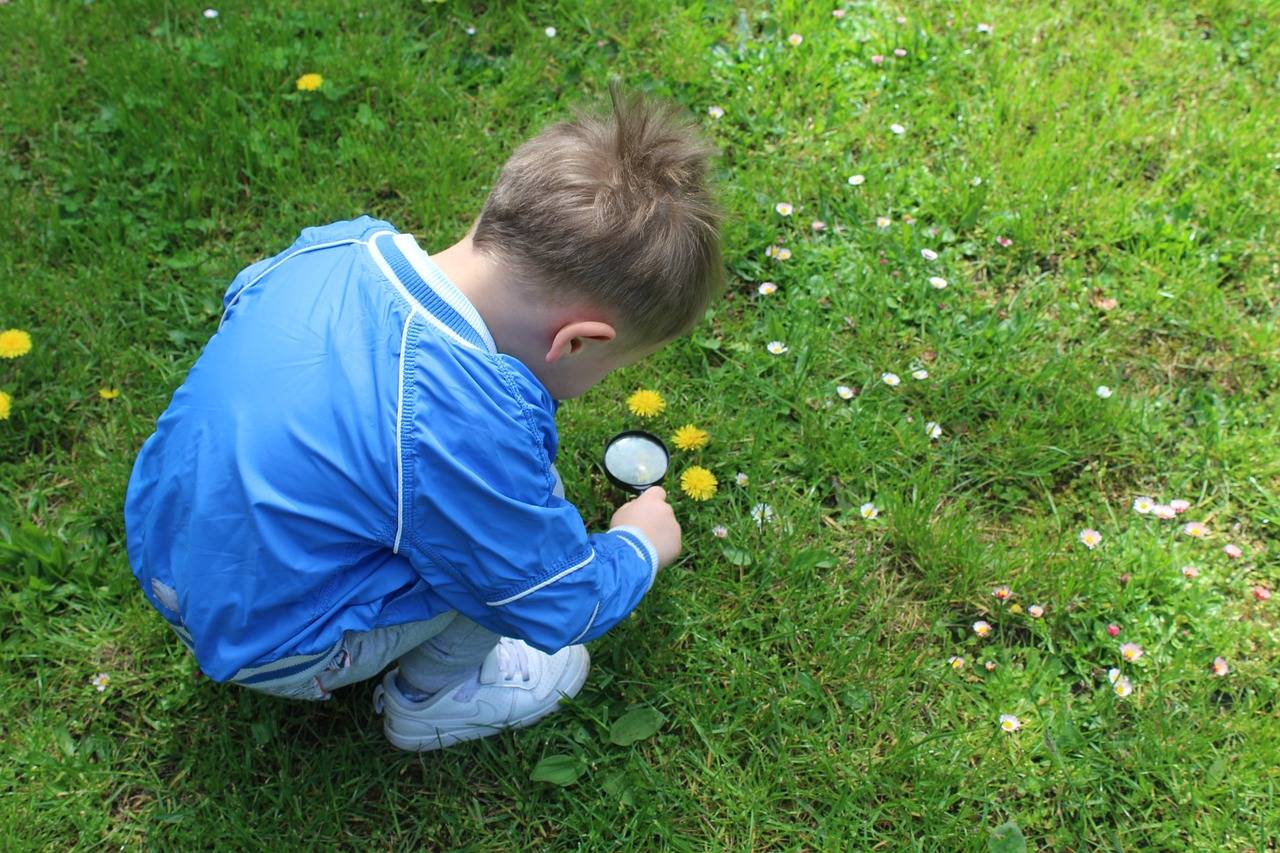Strategies for Encouraging Lifelong Learning Habits
One of the most effective ways to foster curiosity and exploration in learners is by providing them with a variety of hands-on activities and real-world experiences. When students are actively engaged in their learning through interactive projects and experiments, they are more likely to ask questions, seek answers, and think critically about the world around them.
In addition to hands-on activities, incorporating open-ended questions and promoting a growth mindset can further encourage curiosity in learners. By challenging students to think beyond the surface and embrace failure as a stepping stone towards learning, educators can create an environment that values exploration and the pursuit of knowledge.
Creating a Supportive Learning Environment
In a supportive learning environment, students feel empowered to take risks and make mistakes. They are encouraged to ask questions, seek answers, and explore new concepts without fear of judgment. This kind of setting fosters a sense of curiosity and intellectual growth among learners.
When educators provide positive reinforcement and constructive feedback, students are more likely to engage actively in the learning process. By acknowledging students’ efforts and celebrating their progress, teachers can boost students’ confidence and motivation. This, in turn, helps create a supportive atmosphere where students feel safe to challenge themselves and expand their knowledge.
How can teachers encourage curiosity and exploration in their students?
Teachers can encourage curiosity and exploration by providing hands-on activities, asking open-ended questions, and allowing students to pursue their interests.
What are some ways to create a supportive learning environment?
Some ways to create a supportive learning environment include fostering positive relationships, providing constructive feedback, and promoting a growth mindset.
Why is it important to create a supportive learning environment?
Creating a supportive learning environment is important because it helps students feel safe to take risks, make mistakes, and ultimately learn and grow.
How can parents contribute to creating a supportive learning environment?
Parents can contribute to creating a supportive learning environment by being involved in their child’s education, encouraging a love of learning, and providing a nurturing home environment.
What are the benefits of a supportive learning environment?
The benefits of a supportive learning environment include increased student engagement, improved academic performance, and higher levels of motivation and self-esteem.





